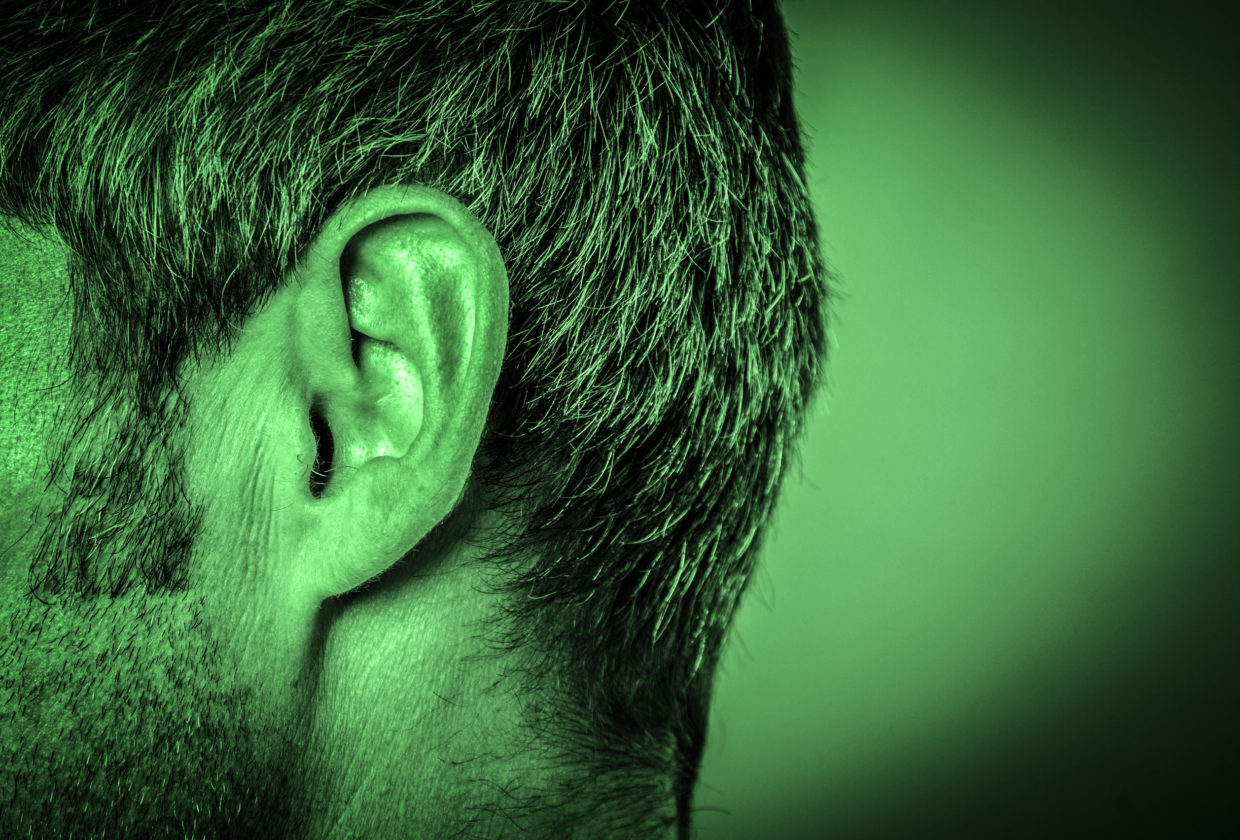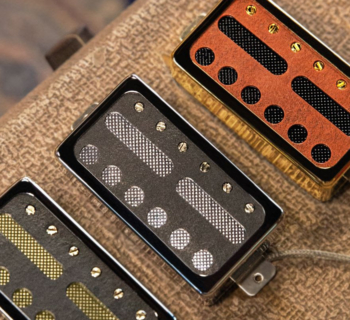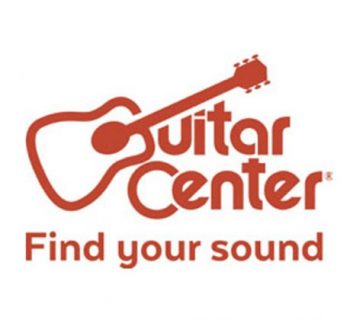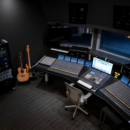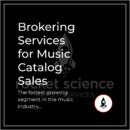By Alan Raffauf, Widex USA
What do Pete Townshend, Brian Wilson and Ludwig van Beethoven have in common, besides being world-class, world-renown musicians? They all have experienced some form of hearing loss during their musical careers.
May is a great time to raise awareness around hearing health. In the U.S., it’s Better Hearing and Speech Month, an initiative of the American Speech-Language-Hearing Association (ASHA), which represents audiologists, speech-language pathologists, researchers, students, and more. Better Hearing and Speech Month was started by the ASHA to increase awareness about communication disorders and hearing health challenges, which are, unsurprisingly, very prevalent in the music community.
According to decorated audiologist Dr. Gregory Frazer, AuD, PhD, from Pacific Hearing in Los Angeles, as many as 30 million people have what’s known as “hidden hearing loss,” many of whom are in the music business.
As a chief audiologist in the entertainment capital of the world, Dr. Frazer has treated many famous musicians over the course of his career for hearing issues, with problems ranging from slight to severe. The degree of loss varies by patient, he says, but it all boils down to a few basic contributing factors: duration, decibels and frequency response. “People who play longer, louder and at a frequency range of 3000-6000 Hz are typically at greater risk,” he says.
Rock and Classic Do Equal Damage
Rock-n-roll performers certainly fall into this high-risk category, but even classical musicians are just as prone to hearing problems, if not more. “Musicians from this genre typically perform with several band members for long periods of time and in close proximity to the instruments,” Dr. Frazer explains. The numerous philharmonic instruments at a classical performance often produce just as much noise volume, if not more, as the electric guitars, keyboards and drums of a rock band. According to the World Health Organization (WHO), the decibel level at a typical rock concert reaches 110 decibels or more, while classical music performances often generate decibel levels of 100 or more. That’s significantly louder than the 70dB limit the WHO recommends for hearing loss prevention.
Ringing—the First “Hidden” Sign of Hearing Loss
The link between loud music and hearing loss is no mystery. Anyone who has ever attended a concert has experienced a “ringing” sensation in their ears afterward. The feeling subsides after a while, but for professional musicians, who rehearse and perform on a consistent basis, there is little time for their ears to recover from the effect. Each time they hit the stage, more damage occurs—eventually reaching a point where it’s noticeable and affecting their work. Ringing in the ears is often the first sign of hearing damage.
At this point, loss of hearing may not be detectable in a hearing test, but it’s happening. It’s something we call ‘hidden hearing loss,’ or cochlear synaptopathy,” Dr. Frazer says. According to research reported by the British Medical Journal, professional musicians are almost four times as likely to develop noise induced hearing loss as the general public. They are also 57% more likely to develop a ringing in their ears, called tinnitus, because of their job. “Usually both impairments—loss and tinnitus--are irreversible,” Dr. Frazer says.
Preventative Measures
Modern-day musicians are well aware of the potential hearing risk associated with their jobs and have taken steps to minimize it. Ear monitors fitted with special filters and ear plugs have become a common accessory while practicing and performing and it’s not uncommon to see speakers angled slightly away from the performers on stage. Still, there’s no way to overcome the inevitable. Exposing your ears to loud music is bound to eventually cause problems. “Ear monitors and plugs offer only partial protection, blocking out no more than 30 to 35 decibels,” Dr. Frazer says. That means 70-or-so decibels still reaches a wearer’s inner ear, a level the WHO deems damaging.
Despite being in a high-risk category for hearing loss, musicians usually pick up on the problem and act quickly. “The majority of these professionals have perfect pitch and can therefore notice when sounds are even just slightly ‘off’,” says Dr. Frazer. “Often their band mates tip them off by remarking that their vocals or instrumentation is tuned incorrectly. They may push back for a while, but eventually, they accept that there is a problem. When they consistently struggle to sing or play up to their own high standards and when people around them remark on changes in their performance, they know it’s time to take another course of action. Hearing aids are the next logical step.
Getting Back In Tune and On Pitch
Hearing aids may not be designed for protection—musicians should still wear ear plugs and monitors while performing and practicing—but they certainly help musicians get back on pitch and in tune and manage their tinnitus.
“Our musician patients just want to hear the way they remember they used to hear and what they refer to as ‘normal’,” Dr. Frazer says. “Hearing aids are a great way to achieve this.” However, not any run-of-the-mill hearing aid will do the trick. Because musicians are so innately aware of the subtleties of sound, a more advanced, intelligent hearing aid is necessary. The general public might not notice, nor care about improper frequency levels, but musicians certainly do. Their profession and personal satisfaction depend on it.
Making Beautiful Music – The Right Hearing Aid Helps
Conventional hearing aids tend to compress incoming sound. To most wearers it’s no big deal, in fact, it’s preferred. Those with hearing impairments often lament about feeling overly stimulated when they first don hearing aids. To a musician who needs to hear the subtle nuances of instruments and vocals, however, compression is unacceptable. That’s why Dr. Frazer regularly fits his musician patients with hearing aids that offer natural sound. “Certain hearing aids now have technology and settings that enable us to deactivate compression and noise reduction and to make the audio processing linear and more natural to the ear of a musician,” he explains.
Plus, with an adjustable hearing aid, users have independent volume control for each ear and can create presets for different vocals and music. To do his or her job well, it’s important for musicians to hear the entire range of sounds. “Cutting-edge hearing aids can also upsample streamed music to make digital sound fuller and richer,” Dr. Frazer says. As for tinnitus, a more advanced hearing aid can also offer some relief. There are now tinnitus management technologies built into hearing aids such as special therapeutic audio programs that mask tinnitus with relaxing, meditative sounds.
Your Hardworking Stage Hand
Hearing aids may harbor a stigma that doesn’t quite jive with a musician’s rock star status. But for most, wearing them on stage is a small price to pay for the opportunity to keep making and performing amazing music. Which is why initiatives that raise awareness like Better Hearing and Speech Month are so important.
“Plus, today’s designs are so much smaller and less noticeable than the hearing aids of yesteryear,” Dr. Frazer says. “Audiences likely won’t even see them for some models, as we recommend musicians wear ear monitors over them for protection.” With so many upsides and nothing to overcome other than stigma, discrete, modern hearing aids have breathed new life into the careers and passions of millions of musicians around the world.
Bio: Alan Raffauf, VP Marketing at Widex, is an experienced marketer and professional audiologist. Alan received his Master’s Degree in Audiology/Audiologist from The College of New Jersey.

